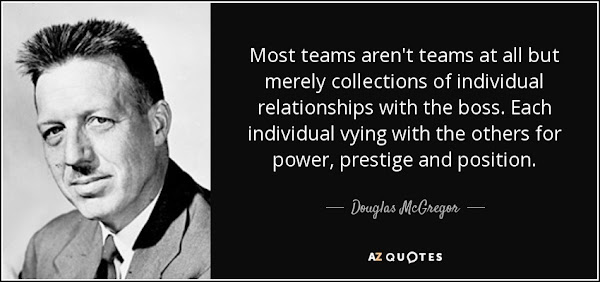Michael Porter, an engineer, has a doctorate in economics from Harvard Business School. Porter authored Competitive Advantage in 1985. The book extensively treats the idea of the value chain. The chain comprises inbound logistics operations, outbound logistics, marketing and sales, and services. In200, Porter became a professor of Harvard University. Porter stated that five factors determined competition in business. The factors include: 1)Existing rivalry in firms. 2)The threat of a new entrant to a market. 3)The threat of substitute products and services. 4)The bargaining power of suppliers. 5)The bargaining power of buyers.





